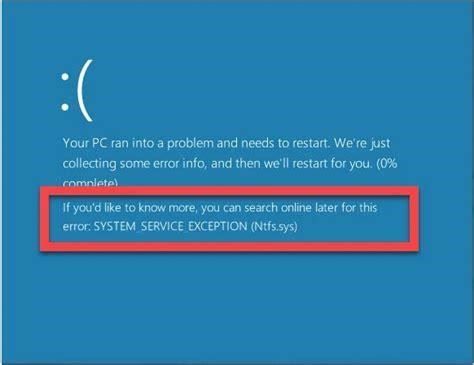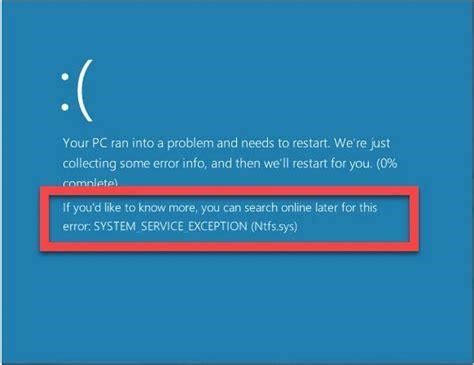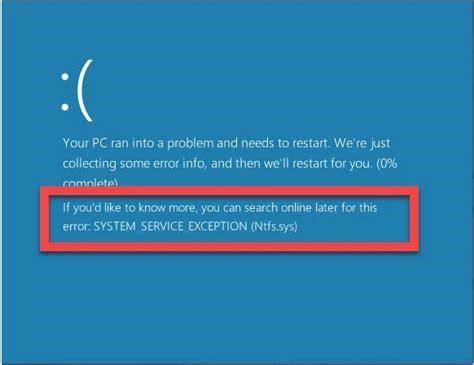Optimizing Windows for Gaming: Preventing GPU Crashes and Black Screens
PC gaming can be an immersive experience, pulling you into vast digital worlds filled with adventure and excitement. But nothing breaks that magical immersion faster than your monitor suddenly going black in the middle of an intense battle or race. The dreaded black screen of death is one of the most frustrating issues that gamers face. In this guide, we’ll walk you through some of the most common causes of GPU crashes and black screens in Windows, and provide fixes to get you back in the game.
Diagnosing GPU Black Screen Issues
When troubleshooting a GPU crash or black screen in Windows, the first step is confirming that the issue stems from the graphics card rather than another component. Some telltale signs that point to a GPU problem include:
- Black screen occurs during graphically intense gaming or applications.
- Computer continues to run, but display cuts out.
- Fan on GPU continues spinning after display cuts out.
- Problem worsens with newer graphics drivers.
If you’re seeing these symptoms, there’s a good chance the source of the problem lies with the GPU.
Why does my Radeon screen go black?
If the screen goes black and you have to restart it is mostly a Wattman error. It then says the default setting will be restored / reset. In my opinion, this means that the Radeon graphics driver actively intervenes in the settings while playing, until Oops. Some programs and graphics machines of the games cannot handle it.
What if my graphics card is out of date?
Outdated graphics card drivers can also cause display issues. Therefore, update your graphics drivers on Windows if they are out of date. The Windows game mode aims to improve the gaming experience, but it can also give rise to unexpected issues. Disable game mode if it is currently enabled.
Checking for Overheating Issues
One of the most common triggers for GPU-related crashes and black screens is overheating. Today’s powerful graphics cards generate a lot of heat. If this heat isn’t efficiently wicked away by the GPU cooler and fans, it can cause the card to overheat and malfunction.
To prevent overheating issues, make sure your GPU cooler is seated properly with fresh thermal paste. Confirm your GPU fans are spinning at full speed when under load. If fans are not running at max RPM or are making abnormal noises, the fan bearings may be worn out. Replacing worn-out fans can significantly improve cooling.
If your GPU is overheating even with functioning fans, you may need to improve overall case airflow. Adding more intake and exhaust fans can help pull heat away from the GPU. Removing any dust buildup in the PC case can also improve airflow.
Checking GPU Power Delivery
Insufficient power delivery can also cause GPU crashes and black screens under load. Make sure to use two separate PCIe power cables from your PSU to connect to the GPU, rather than daisy chaining multiple connectors off one cable.
Consult your graphics card’s manual to ensure your PSU has adequate wattage and the proper power connectors for that GPU. PSUs degrade over time, so an older unit may struggle to deliver stable power under heavy gaming loads. Upgrading to a more powerful PSU is recommended if you are running high-end GPUs.
Why can’t I download a graphics driver?
Windows does not even try to download some sort of generic graphics driver either. Was this reply helpful? Try resetting the BIOS back to defaults. If possible roll back the Windows update. It may also be a case that the nVidia card has failed.
Why does my screen go black during a gaming session?
Does your device’s screen go black in the middle of your gaming session? Most of the time, the problem occurs because of outdated graphics drivers, a problem with the monitor connection, improper power-saving settings, prolonged hardware stress, excessive heat generation, or misconfigured game settings.
What if my graphics card is disabled in Device Manager?
The problem will occur if your graphics card is disabled in Device Manager. You can enable it with the following steps. Step 1: Press Win + X and select Device Manager. Step 2: Double-click Display adapters to expand it. Step 3: Right-click your graphic card and choose Enable device.
Keeping Graphics Drivers Updated
Outdated graphics drivers are a very common source of GPU-related problems in Windows. Nvidia and AMD regularly release new drivers with performance enhancements and bug fixes for newer games. Not staying current with graphics drivers can lead to crashes, freezes, and black screens.
Use the GeForce Experience and Radeon Software utilities to automatically keep your Nvidia and AMD drivers updated. If you experience frequent crashing with the latest drivers, try rolling back to a previous driver version that was more stable. Performing a clean driver reinstall with DDU can also clear out any corrupted driver files.
Adjusting In-Game Graphics Settings
If your GPU is barely meeting the minimum spec for a game, pushing the graphics settings too high can overwhelm your hardware and cause crashing. Consult the game’s system requirements and adjust in-game graphics settings accordingly. Start with lower presets and gradually increase settings until you find the ideal balance between visuals and stability.
Capping the frame rate 2-3 frames below your monitor’s max refresh rate can also help reduce stress on the GPU. For example, with a 144Hz monitor, limit the frame rate to 141 FPS. This provides some overhead for smoother gameplay.
Why does my GPU blackout after installing a new GPU?
If possible, disconnect it once and reconnect it back. An insufficient power supply can also cause the GPU to render the graphics inconsistently, which can cause a complete blackout. If the issue has started soon after installing a new GPU, check that the graphics card and power supply unit are compatible.
How to update graphics card driver Windows 10?
Step 1. Right-click the Start menu and select Device Manager from the context menu. Step 2. Expand the Display adapters category, and then right-click the graphics card driver and select Update Driver. Step 3. Then you can select Search automatically for updated driver software option to update the driver automatically.
Monitoring Your GPU Temperature
Keeping an eye on your GPU core temperature is key to identifying and preventing overheating issues. Here are some tips for monitoring your GPU temp:
-
Use hardware monitoring software like MSI Afterburner to display real-time GPU temperature on screen as an overlay while gaming. This lets you spot spikes before they lead to a crash.
-
Look for GPU temperature readings in game menus. Some games have built-in diagnostics that show the current GPU core temp.
-
Check your GPU temp immediately after a black screen crash and restart. If the temperature is very high (90C+), overheating is likely the culprit.
Taking these steps to monitor and manage GPU temperature will help nip overheating issues in the bud.
Conclusion
With a few troubleshooting steps, you can hunt down the cause of frustrating GPU-related crashes and black screens while gaming on Windows. Keeping your graphics drivers updated, managing thermals via proper cooling, adjusting in-game settings, and monitoring GPU behavior can help banish unstable gaming sessions for good. The thrill of victory is so much sweeter when your hardware is up to the challenge!
Why is my Nvidia graphics card not detected on Windows 10?
Go to the Driver tab and click the Enable button. Note: If the button is missing it means that your graphic card is enabled. If your Nvidia graphics card isn’t detected on Windows 10, you can fix that problem by downloading the latest drivers for your device. Note: Before doing that, be sure to uninstall all previous Nvidia drivers that you have.
Why is my graphics card not getting detected at post?
If your graphics card is not getting detected at POST then you either get a black screen or BIOS may throw beep codes indicating the problem. And if your graphics card is not recognized in the Windows or OS then you will not be able to change the resolution and refresh rate to higher levels.
How do I know if my GPU is bad?
The symptoms you describe are for a GPU problem only. One primordial symptom that shows that the problem is on your GPU is saying that with older drivers, the problem gets worse. Your PSU way more than enough to run your system and as you described, only the screen turns black. If the problem is with your PSU, the whole PC would turn off.
Next Steps for Optimizing Windows for Gaming
Now that you’ve gotten to the bottom of GPU crashing issues, here are some other tips for optimizing Windows for the ultimate gaming experience:
-
Perform a clean boot before gaming to free up system resources. Disable non-essential background apps and services.
-
Adjust power settings for maximum performance. Set the power plan to High Performance and disable Power Throttling.
-
Enable GPU overclocking utilities for higher frame rates. But stress test for stability.
-
Tweak game settings for optimal visual fidelity and FPS balance. Refer to optimization guides.
-
Set Windows update to pause updates while gaming to avoid disruptions.
-
Use a wired Ethernet connection for lag-free online multiplayer gaming.
With some performance tweaking and troubleshooting, you can eliminate gameplay disruption and unlock buttery smooth gaming. Let us know if the steps above fixed your GPU crashing issues! We’d love to hear about your PC gaming optimization journey.
Why does my screen go black?
Its simply the windows drivers that are making my screen go black. When I do install the driver I do have time but its not long. Its not the nvidia drivers that are causing it. It is the windows drivers for the GPU. Once they install my screen goes black. I think it is a faulty GPU. I use a HDMI cable.




